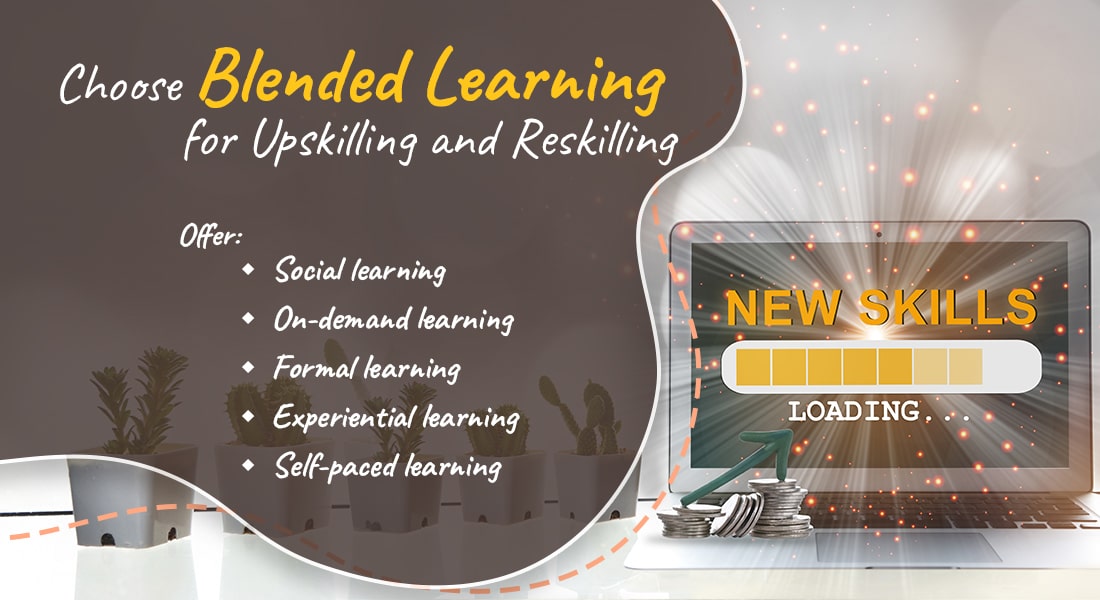Rapid e-Learning: Advantages and Disadvantages!

The traditional development process of an e-learning course needs a team of professionals that comprise Subject Matter Experts (SMEs), Content Developers, Flash and Multimedia designers and programmers. In addition, it is a long process requiring around 10-15 weeks to complete. These professionals have their own roles to play with little scope for content authors to take up a designer’s or a programmer’s job. As a result, more investment and time goes into creating an e-learning course. However, with the advent of Rapid e-Learning, things have changed.
Rapid e-learning helps share expertise faster:
In the traditional e-learning development process, corporate trainers have to depend on designers and programmers while building an ad hoc training program. This means higher investment, time and personnel for companies. It helps corporate trainers in this regard who can share their expertise with trainees fast by developing a training course at remarkable speed and at an unbelievably low cost without compromising on quality. Through Rapid e-learning, information can be shared much faster.
Rapid e-learning tools are easy to work with:
Rapid e-learning tools like Adobe Captivate, Lectora, Articulate Presenter, etc. come with instructionally-rich templates where authors can directly write the content. They can also present interactivity exercises with the help of simulated templates. These tools are easy to learn and use. Some software allows authors to present stunning flash presentations.
Rapid e-learning helps present content to a large audience with minimal resources
In fact, Rapid e-learning is suited to projects which require to present learning content to a large number of learners. However, the resources to develop such courses are meager. It is easy to maintain the content generated through Rapid e-learning tools.
The other advantage of Rapid e-learning is that the content generated can easily be maintained, replaced or modified.
Nonetheless, Rapid e-learning too has its disadvantages. It lacks the services of an expert designer or a programmer. The critics of this concept say that Rapid e-learning misses the value which a professional designer can add. At times, authors have to compromise by using available template models. They cannot unleash their imagination to get the kind of design they want, which becomes an obstacle to their creative presentation.
In spite of these limitations, Rapid e-learning is still a buzzword among e-learning developers. This is because of its ability to contain resource utilization and help build high quality learning content.
Do share your thoughts on the same.





![E-learning vs M-learning: 4 Design Aspects that Differ [Infographic]](https://blog.commlabindia.com/hubfs/Imported_Blog_Media/elearning-vs-mlearning-4-design-aspects-infographic1.jpg)